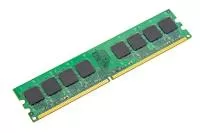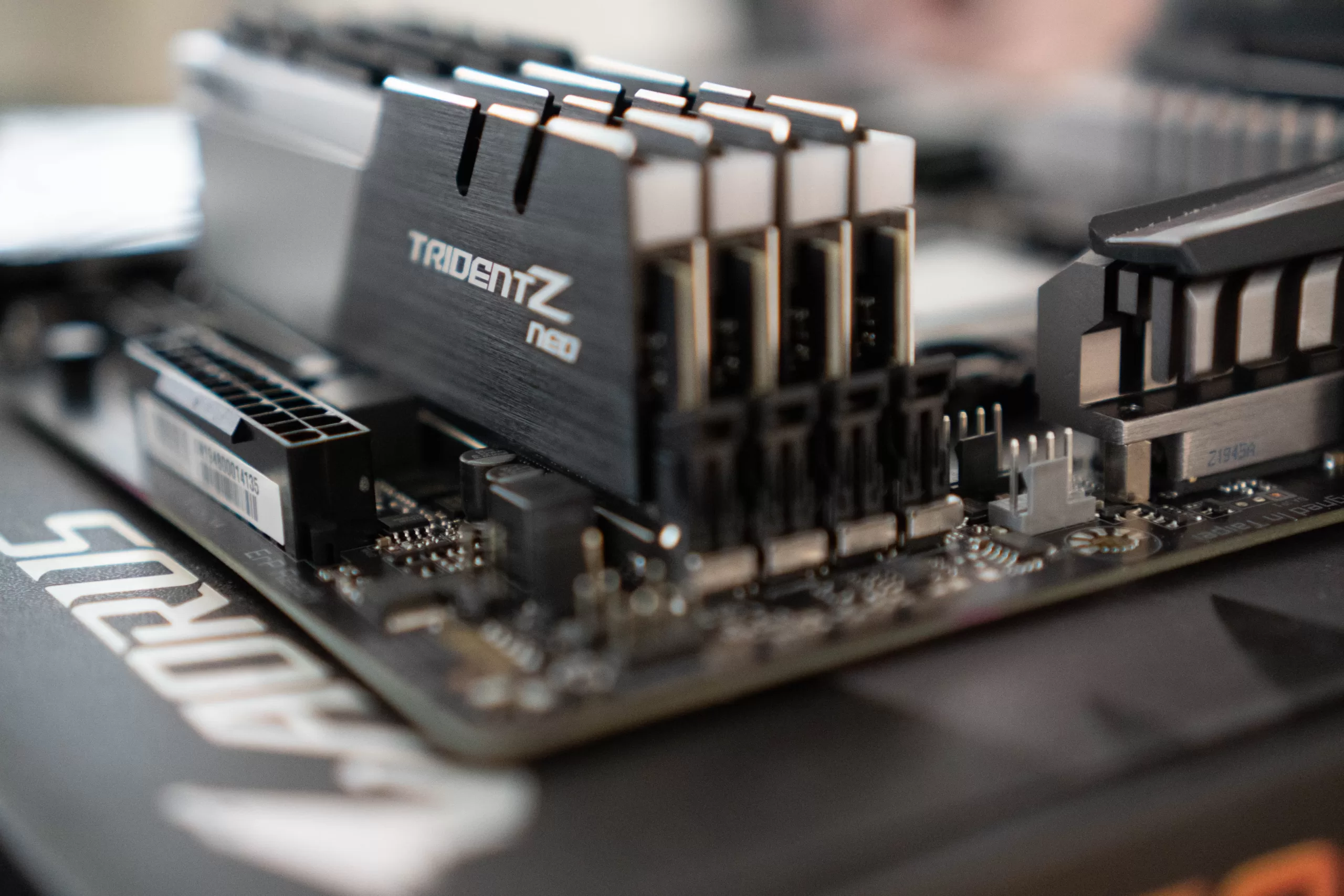When it comes to understanding the inner workings of a computer, two terms that often come up are RAM and ROM. These acronyms, short for Random Access Memory and Read-Only Memory, respectively, are crucial components of a computer’s memory system.
RAM

RAM is volatile memory, meaning that its contents are erased when the computer is powered off or restarted. RAM is crucial for multitasking and running resource-intensive applications. The more RAM your computer has, the more smoothly it can handle multiple tasks simultaneously. If you have ever experienced your computer slowing down when you have too many applications open, it is likely because your RAM is being maxed out.
ROM

Unlike RAM, ROM is non-volatile memory, meaning that its contents are not erased when the computer is powered off. ROM contains firmware or software instructions that are permanently written during the manufacturing process. These instructions are essential for booting up the computer and initializing hardware components.
ROM is read-only, meaning that it cannot be modified or written to by the user. It stores critical system-level information, such as the computer’s BIOS (Basic Input/Output System) and firmware for peripherals like keyboards and printers. ROM ensures that these essential instructions are readily available whenever the computer is turned on.
Differences and Importance between RAM and ROM
The key difference between RAM and ROM lies in their functionality and purpose. RAM is used for temporary storage and quick access to data, while ROM is used for permanent storage of essential software instructions. Both are crucial for a computer to function properly.
RAM allows for multitasking, smooth application performance, and efficient data processing. Without sufficient RAM, your computer may become sluggish and unresponsive.
On the other hand, ROM ensures that your computer can boot up and initialize hardware components. It provides the necessary instructions for the computer to start functioning as soon as it is turned on.
Understanding the differences between RAM and ROM can help you make informed decisions when upgrading your computer or troubleshooting performance issues. So, the next time you hear these acronyms, you’ll have a better understanding of their significance in the world of computing.

